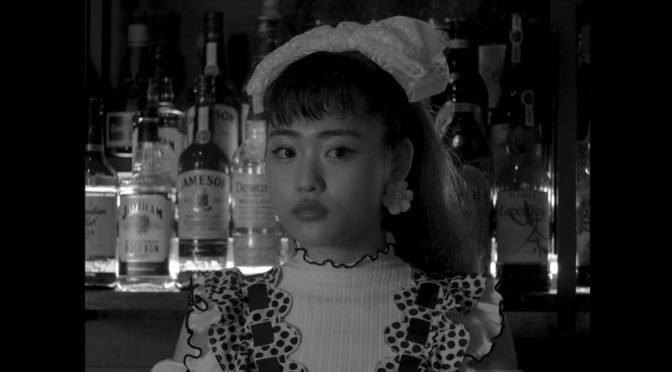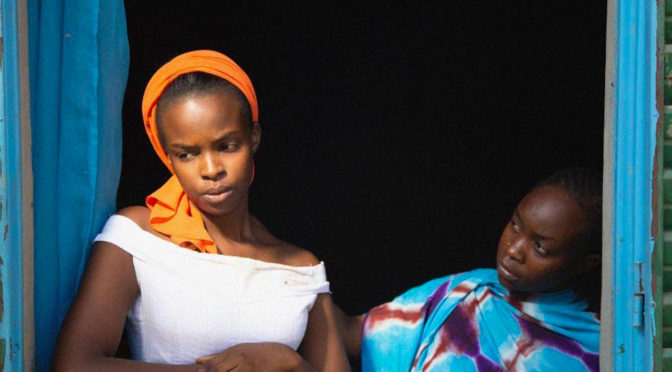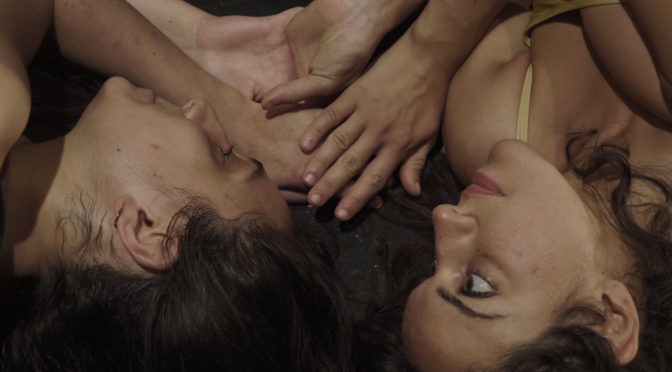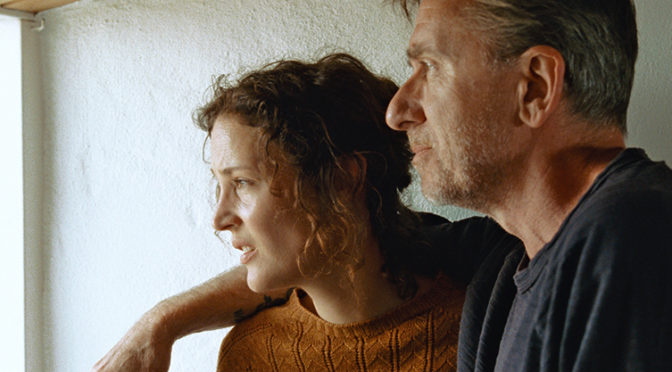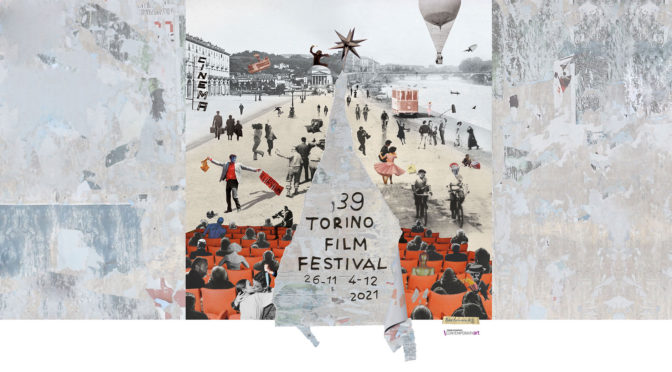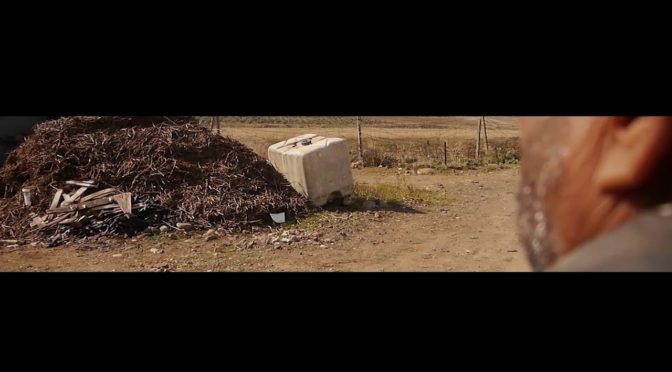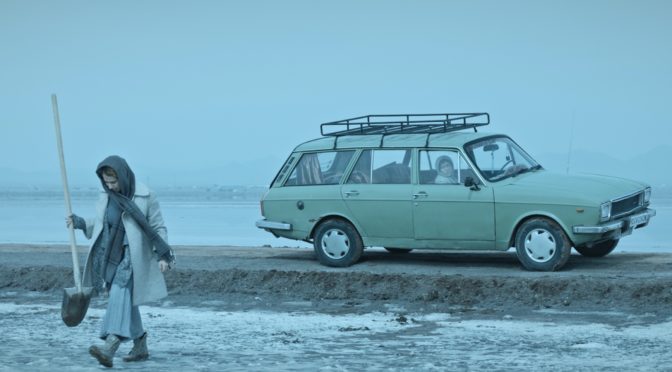Article by Lisa Cortopassi
Translated by Rebeca Tirgovetu
Extraneous Matter – Complete Edition starts as an intimist movie with a “modest” (but steady) black and white 4:3 format and the familiar image of a bonsai, followed by a close-up of a sleeping girl who, once she has woken up, makes herself some coffee. Later the film, once the episodic nature is revealed, unexpectedly expands its gaze and leaves the domestic dimension of the girl’s house (who is not the main character) to turn to other characters and to the big city. In this way, it extends its reflection to a universal dimension deeply related to the demons of the contemporaneity.
Continua la lettura di “EXTRANEOUS MATTER – COMPLETE EDITION” BY KENICHI UGANA
